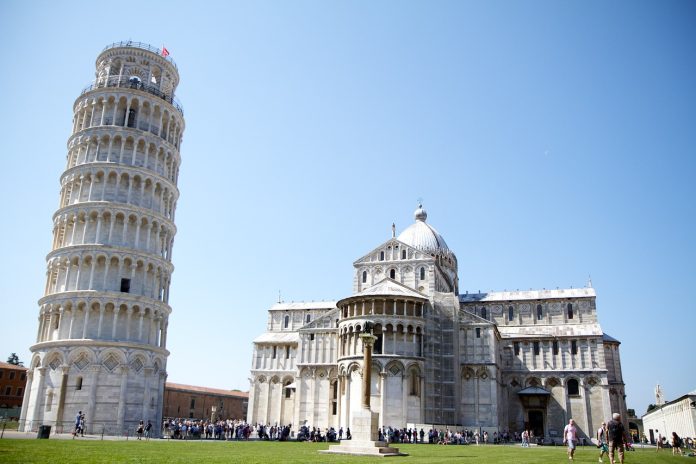Explore some of Europe’s most famous attractions virtually, from ancient ruins to ornate mansions made of gold.
1. Casa Batlló in Spain
Casa Batlló, a masterwork by the renowned Catalan architect Antoni Gaud, is often referred to by locals in Barcelona as the “House of Bones” (Casa dels ossos) because to the skeleton appearance of its carved stone facade. The roof’s arching design and multicolored scale-like tiles have earned it the nickname “dragon’s back.”
2. Palace of Versailles, France
Versailles, constructed during the reign of Louis XIV, was once the center of political authority and court life in France, but with the outbreak of the French Revolution, the royal family relocated to Paris. Thirty thousand civilians and military personnel were required to complete the massive project.
3. Ħal-Saflieni Hypogeum, Malta
The al Saflieni Hypogeum was constructed underground between 3300 and 3000 BCE and is thought to be a Maltese necropolis due to the discovery of the bones of about 7,000 persons. In 1902, laborers building cisterns for a new housing complex accidentally broke through its ceiling and stumbled upon it.
4. The Sintra Palace in Portugal
The twin conical chimneys of the elaborate National Palace of Sintra soar over the hills not too far from Lisbon. Since its original construction during Moorish times, the royal home has been enlarged and remodeled several times by numerous rulers, resulting in a distinctive blend of Gothic, Manueline, Moorish, and Mudéjar styles.
5. Stonehenge
Stonehenge the famous ring of standing stones in Wiltshire, England, with each stone standing around 13 feet tall. Its construction date is estimated to be between 2000 and 3000 BCE. Many questions about its construction and purpose remain unanswered; popular hypotheses include a burial ground, a place of worship, and a location to treat the sick.
6. German town of Sanssouci
King Frederick the Great of Prussia had his summer home, Sanssouci, built near Potsdam, East Germany. It was designed to be a tranquil getaway, and its name comes from the French phrase for “carefree” (sans souci). The palace, built in 1747, is a Roccoco-style home with a single story perched on a terraced hilltop overlooking a vineyard.
7. National Library, Vienna, Austria
The Austrian National Library is a bibliophile’s dream with its collection of over 7.4 million books, maps, and globes. The library collects all materials published in Austria and abroad that pertain to the country. The Prunksaal, the building’s grand baroque main hall, was constructed there between 1723 and 1726.
8. Casinò di Venezia, Italy
Recognized as the oldest gambling business in the world, it was once known as the Theatre Saint Moses and featured a gambling wing during play intermissions. It was founded in 1638.
Previously known as “The Ridotto”, which translates to “private room” in Italian, was established to regulate gambling during the Venice Carnival season. However, it was shut down in 1770, leaving Venice without a legal gambling establishment until 1930 (the city thought that gambling was depleting the wealth of the local nobility). If you’re an adept of online casino you’ll definitely like this destination.
9. Old Town of Warsaw, Poland
Warsaw’s Old Town is the city’s oldest neighborhood, having been inhabited continuously since the 13th century. The charming pastel houses were unfortunately destroyed during WWII, but they were meticulously rebuilt using sketches of the region and, whenever possible, the exact brickwork from the ruins.
10. The Tower of Pisa, Italy
The ground was too soft on one side to properly sustain the weight of the tower, causing the famous Leaning Tower of Pisa to lean. The building process took 199 years. There have been several attempts to correct the tower’s tilt, but all of them have either been unsuccessful or made the tilt worse.
Final thoughts
In a world where digital exploration has become increasingly prevalent, the opportunity to virtually traverse Europe’s most famed attractions is a gift for wanderlust-filled hearts. From the majestic halls of the Sintra Palace in Portugal to the whimsical architecture of Casa Batlló in Spain, and even the lavish halls of the National Library in Vienna, the virtual lens transports us across time and space, granting access to the treasures of human creativity and history. While we may not feel the stones beneath our feet or the breeze against our skin, these digital tours offer a unique perspective, enabling us to witness the intricate details and storied narratives that define each site.







